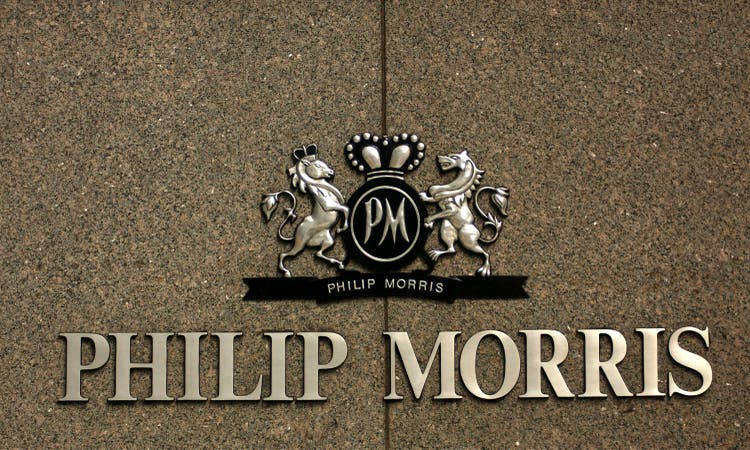Spencer Platt/Getty Images News
In the past few days, shares of cigarette giant Philip Morris (NYSE:PM) have declined after Russia's invasion of Ukraine. The stock is now down more than 10% from its high as investors are curious as to
Spencer Platt/Getty Images News
In the past few days, shares of cigarette giant Philip Morris (NYSE:PM) have declined after Russia's invasion of Ukraine. The stock is now down more than 10% from its high as investors are curious as to
Analyst’s Disclosure:I/we have no stock, option or similar derivative position in any of the companies mentioned, and no plans to initiate any such positions within the next 72 hours. I wrote this article myself, and it expresses my own opinions. I am not receiving compensation for it (other than from Seeking Alpha). I have no business relationship with any company whose stock is mentioned in this article.
Investors are always reminded that before making any investment, you should do your own proper due diligence on any name directly or indirectly mentioned in this article. Investors should also consider seeking advice from a broker or financial adviser before making any investment decisions. Any material in this article should be considered general information, and not relied on as a formal investment recommendation.
Seeking Alpha's Disclosure: Past performance is no guarantee of future results. No recommendation or advice is being given as to whether any investment is suitable for a particular investor. Any views or opinions expressed above may not reflect those of Seeking Alpha as a whole. Seeking Alpha is not a licensed securities dealer, broker or US investment adviser or investment bank. Our analysts are third party authors that include both professional investors and individual investors who may not be licensed or certified by any institute or regulatory body.